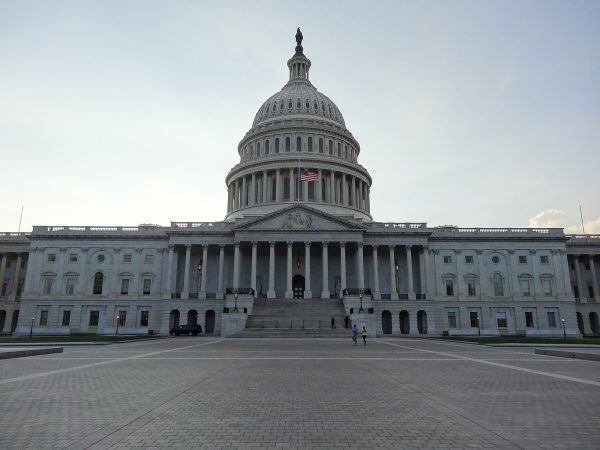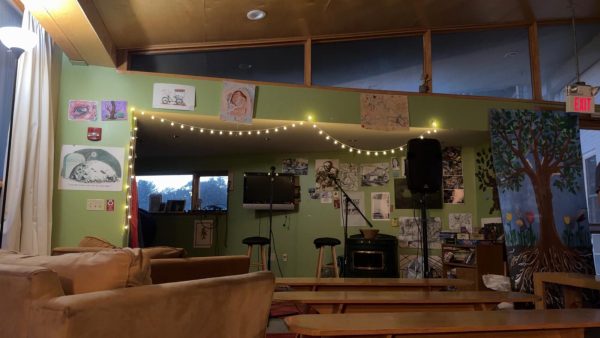Students Recieve Weiss Price
The Emil R. and Tamar Weiss Prize for 2016 has recently been awarded to recipients Rachael Smith ’16 and Anastasia Putri ’16.
The Weiss Prize, established in 1986, is awarded annually to students majoring in English with a creative-writing emphasis, theatre and dance, art and art history or music, according to an article on Dickinson’s website from March 2014.
Of these departments, this year’s recipients have been selected from the dance and music departments. Putri, a double major in anthropology and dance, will be choreographing the movement of the work while Smith, a music composition major, will be writing the music.
The procedure of becoming a Weiss prize recipient begins with a written proposal. According to Professor Jen Blyth, music department chair, the proposal is expected to include an estimated budget, required facilities and any other needed resources.
After the proposal is written, it will receive nominations in March from each individual artistic department. It is then sent to a six-member committee, which consists of a representative each from the Departments of Art and Art History, English, Music and Theatre and Dance, as well as the Provost and Dean of the College.
“[The project] is tentatively called ‘Dichotomous Perspectives.’ You know how art is, you never really know what it’s going to be until it’s done,” explained Smith. “This project will explore seemingly opposing themes as well as the way in which one event is experienced through different perspectives.”
“You know when you talk about experience, it’s so much metaphysics. I think that’s also a part of why we want to do this project, because it has so much space for us to explore it,” said Putri.
According to both Smith and Putri, the project began with a conversation held at the Quarry. Through speaking to each other in normal dialogue, it was realized that although
the same words might be spoken and heard, different meanings are interpreted.
“Experience is like that, any experience. Anything that happens to you, if it happens to someone else, the exact same time, the exact same way, it’s still going to happen in a different way because everybody’s different. And that’s the shift in perspective,” said Smith.
Putri added, “There’s so much. We wrote in our proposal that we would explore topics, like flight and ground, because I feel like I’m always so flighty. … Carlisle is not my center.”
Although the inspiration was found through these biographical moments and realizations, the piece itself will not be biographical, said Smith.
To begin the compositional process, Smith and Putri recorded a discussion about various topics dealing with perspectives. Since recording, Smith has been taking the audio apart and looking for five different ideas within the speech itself.
She said, “The music for the piece is going to be based on the differences in both the speech patterns and inflections and also the meaning of the speech, so just the way that both of us respond to the same thing in different ways, which is kind of just a physical manifestation of the idea that two people experience things in different ways.”
At the performance of the piece next spring, the recordings of the words themselves will be played before the piece begins so that the audience understands where the melodic ideas came from.
“It’s not going to be an electronic mix, like where the words are spread throughout,” added Smith.
As for the choreography, Putri said it will be “the same idea,” taking the “different, seemingly opposing themes, pulling them into movement and exploring the changes.”
The work of the piece will continue through until the performance next spring, but Smith hopes to finish the composition by the end of summer in order to allow time for the choreography.
“We’re thinking that … the rehearsals we’ll start in the fall. Teching will start early spring because we’re thinking of doing it in two different space. So that might need some extra time, figuring out spaces,” said Putri.
The two intended performance spaces are Mathers Theatre and Goodyear. By incorporating two different spaces into the project, Putri and Smith are hoping to ensure the message of differing perspectives is conveyed.




